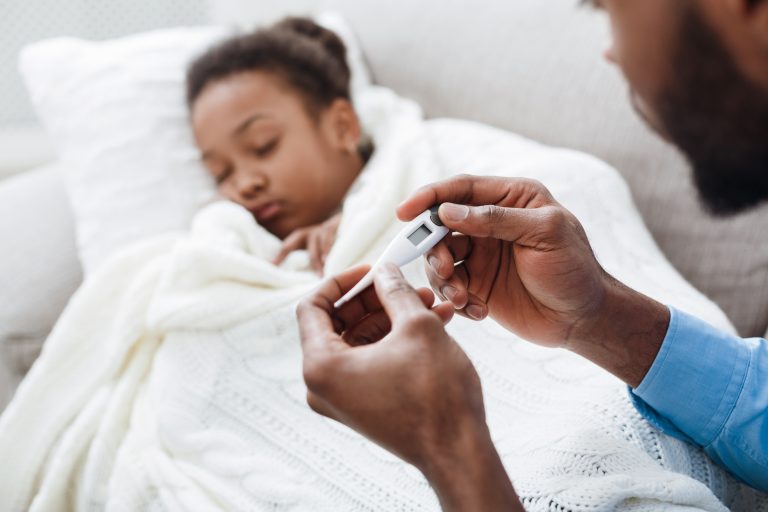The risk of sun damage is cumulative throughout a lifetime—we recommend protecting your child from excessive sun exposure in infancy and making it a habit they will be able to carry with them as they grow.
Babies less than 6 months old
- Ideally, avoid sunscreen before 6 months old.
- Keep sun exposure low by staying out of direct sunlight, especially between 10am and 2pm. Find shade under a tree or umbrella.
- Dress your baby in lightweight clothing, covering as much skin as possible. Use a sunhat with a wide brim and sunglasses with UV protection.
- Watch for overheating and encourage extra fluids if it is warm.
- Sunscreen may be applied to small areas of skin that are not covered by clothing. Use a mineral based sunscreen such as zinc oxide or titanium dioxide.
- If your baby is excessively fussy or has any areas of red skin, take her inside.
Babies older than 6 months and toddlers
- Keep sun exposure low by staying out of direct sunlight, especially between 10am and 2pm. Find shade under a tree or umbrella.
- Dress your baby in lightweight clothing, covering as much skin as possible. Use a sunhat with a wide brim and sunglasses with UV protection.
- Watch for overheating and encourage extra fluids if it is warm.
- Apply a broad-spectrum, water-resistant sunscreen with an SPF of 30 or greater to all exposed skin 15-30 minutes prior to going outside and reapply every 2 hours. Use a mineral-based sunscreen such as zinc oxide or titanium dioxide.
- If your child is excessively fussy or has any areas of red skin, take her inside.
School-aged children, adolescents and adults
- Keep sun exposure low by staying out of direct sunlight, especially between 10am and 2pm. Remember: if your shadow is shorter than you, seek shade!
- Dress in lightweight clothing, covering as much skin as possible. Use a sunhat with a wide brim and sunglasses with UV protection.
- Stay hydrated by drinking plenty of fluids.
- Apply a generous amount of a broad-spectrum, water-resistant sunscreen with an SPF of 30 or greater to all exposed skin 15-30 minutes prior to going outside. Reapply every 2 hours and after swimming and sweating.
- If possible, avoid sunscreens with oxybenzone, parabens and phthalates as there are some concerns about these chemicals affecting hormone levels. An alternative to oxybenzone is to use a mineral-based sunscreen such as zinc oxide or titanium dioxide. However, when there are no other options, using any sunscreen is better than getting burned.




